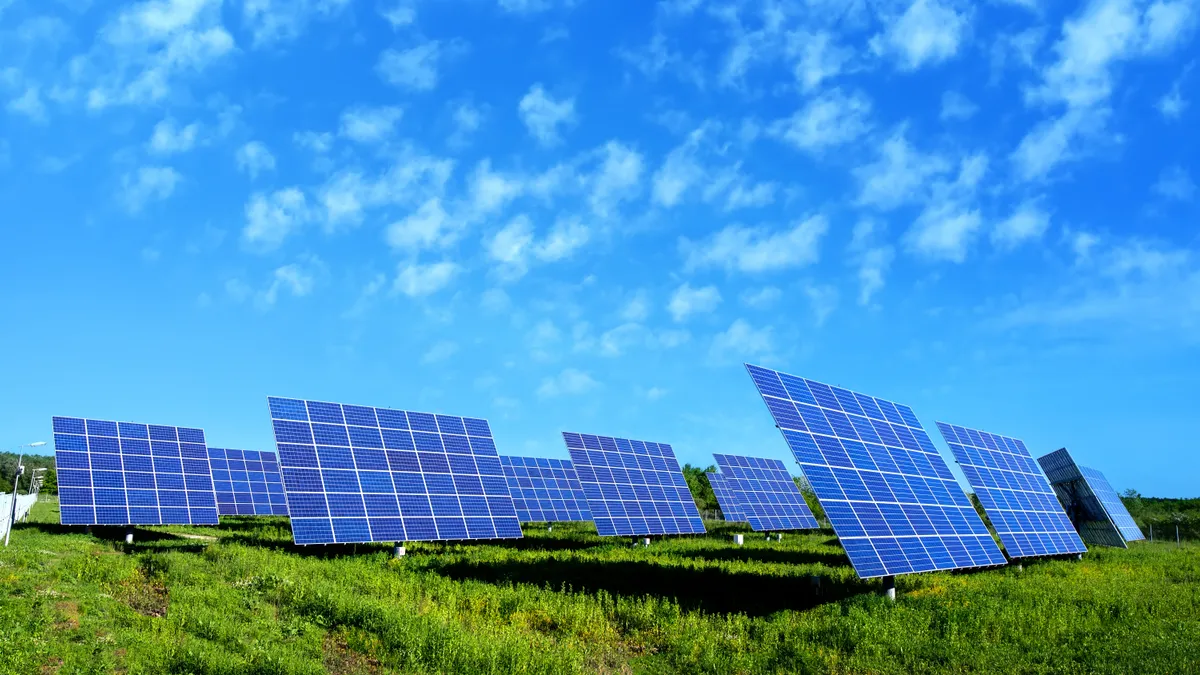Dive Brief:
- Maryland lawmakers want to boost the state's renewable energy targets to 25% by 2020, and plan to introduce a bill next year that will accelerate both the level and speed of the transition to a lower-carbon future, the Washington Post reports.
- The proposal includes a $40 million plan to train and prepare more residents in the state for careers in clean energy, and to bolster minority- and women-owned businesses within the clean energy economy.
- Lawmakers believe the bill will sustain about 2,000 additional clean energy jobs in the state.
Dive Insight:
Democratic lawmakers in Maryland are preparing to introduce legislation that would rapidly accelerate the state's renewable goals, favoring a 25% standard by 2020 rather than a 20% standard by 2022. The bill would create incentives for roughly 1,300 MW of new clean energy, helping to improve air quality in the state while reducing greenhouse gas emissions.
Maryland’s solar industry employs over 3,000 people and the average solar installer in Maryland earns almost $23/hour. The industry expects to grow 26% this year and add 750 more jobs, according to Delegate Bill Frick, one of the lead sponsors of the bill. “In 2016, it’s time to speed up this growth while providing better training to more Maryland workers," he said in a statement announcing the legislation.
As part of the renewable legislation, Senate Majority Leader Catherine Pugh and Delegate Dereck Davis are also proposing $40 million to train and prepare more residents for the clean energy economy.
“Maryland needs to increase our renewable energy standard to 25% while putting in place funding to increase the diversity of business owners and workers,” said Pugh, who also sits on the Senate Finance Committee. “The Clean Jobs Act will give more Marylanders the opportunity to thrive in the growing clean technology sector and put cities like Baltimore on the forefront of clean energy development.”
According to the Chesapeake Climate Action Network, Maryland has met its existing renewable energy standard each year since the program was first implemented in 2005, and now ranks among the top solar states in the nation. Falling renewables prices and untapped resources in the state should allow Maryland to easily meet the goal, officials said.
“While world leaders gather in Paris at the biggest global climate summit of this decade, Maryland leaders are stepping up to put concrete solutions into motion,” said Mike Tidwell, director of the Chesapeake Climate Action Network. “Our clean electricity standard is our state’s top program for reducing climate pollution. By increasing it, we can build a more just and sustainable economy while doing our part to reduce greenhouse gas emissions.”















